- Casey

Harper Ross
Answered on 7:03 am
QSFP28, QSFP56 and SFP56 are abbreviations for different types of optical transceivers or cables that use the QSFP or SFP form factor and support different data rates. The general format is XG-Y, where X is the data rate in gigabits per second (Gbps), and Y is the number of lanes or the modulation scheme used.
The emergence of PAM-4 signaling has increased the types of interfaces available in QSFP and SFP form factors. The table below summarizes how Arista describes each media type.
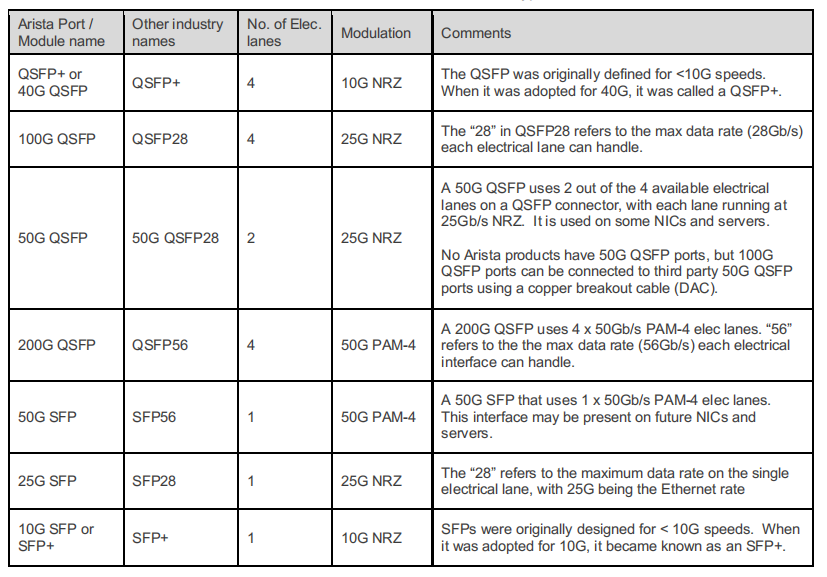
People Also Ask
Essential Fiber Cleaners and Tools from FiberMall: Your Complete Guide to Maintaining High-Performance Networks
In the fast-paced world of data centers, cloud computing, enterprise networks, and telecommunications, reliable fiber optic connections are the backbone of seamless data transmission. However, even the most advanced fiber optic infrastructure can falter if connectors are contaminated with dust, oils, or debris. This is where high-quality fiber cleaners and
Meta’s GB300 Liquid-Cooled AI Server: Clemente (1U 4xGPU) – Revolutionizing AI Infrastructure
In the fast-evolving world of AI data centers, liquid-cooled servers are the backbone of high-performance computing. If you’re exploring cutting-edge solutions for cloud computing, enterprise networks, or AI-enabled environments, Meta’s GB300 liquid-cooled AI server – codenamed Clemente – stands out. This 1U powerhouse packs 4x GPUs into a compact form
Optical Modules and PCBs: Driving High-Speed Data Transmission in the AI Era
In the fast-paced world of data communication, the demand for efficient, high-bandwidth solutions has never been greater. As AI-driven applications and massive data processing push the boundaries of network performance, optical modules and their integral optical module PCBs have evolved rapidly to meet these challenges. This evolution not only enhances transmission efficiency
Hotchip 2025 Day 0 Tutorials: Essential Insights on AI Workloads, Rack Architectures, and Custom GB200 Solutions
In the ever-evolving world of AI and data center technologies, Hotchip 2025 kicked off with an enriching Day 0 Tutorials lineup. As a staple event in the industry, this year’s sessions served as an appetizing prelude, focusing on data center racks in the morning and kernel programming in the afternoon.
Deep Dive into NVIDIA GB200 Liquid Cooling Plate Design: Advanced Liquid Cooling for AI Chips
Next-generation AI chips like NVIDIA’s GB200 are pushing the boundaries of performance. But this immense power comes at a cost: staggering heat generation. A single GB200 chip package consumes up to 2700 W of power. With such high power in such a compact space, traditional air-cooling systems simply can’t keep up.
Mastering SONiC: 6 Essential Points to Grasp for Open Networking Success
SONiC (Software for Open Networking in the Cloud) is an open-source network operating system that differs significantly from other network operating systems you’ve encountered before. Learning SONiC requires new mental preparation and skill reserves. As a new operating system that fundamentally transforms network architecture, the following key insights and abilities
Related Articles
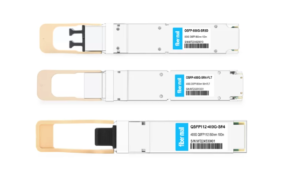
800G SR8 and 400G SR4 Optical Transceiver Modules Compatibility and Interconnection Test Report
Version Change Log Writer V0 Sample Test Cassie Test Purpose Test Objects:800G OSFP SR8/400G OSFP SR4/400G Q112 SR4. By conducting corresponding tests, the test parameters meet the relevant industry standards, and the test modules can be normally used for Nvidia (Mellanox) MQM9790 switch, Nvidia (Mellanox) ConnectX-7 network card and Nvidia (Mellanox) BlueField-3, laying a foundation for
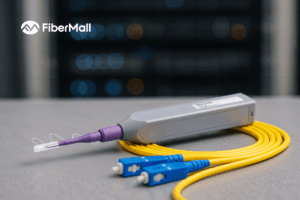
Essential Fiber Cleaners and Tools from FiberMall: Your Complete Guide to Maintaining High-Performance Networks
In the fast-paced world of data centers, cloud computing, enterprise networks, and telecommunications, reliable fiber optic connections are the backbone of seamless data transmission. However, even the most advanced fiber optic infrastructure can falter if connectors are contaminated with dust, oils, or debris. This is where high-quality fiber cleaners and
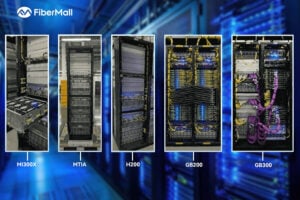
Meta’s GB300 Liquid-Cooled AI Server: Clemente (1U 4xGPU) – Revolutionizing AI Infrastructure
In the fast-evolving world of AI data centers, liquid-cooled servers are the backbone of high-performance computing. If you’re exploring cutting-edge solutions for cloud computing, enterprise networks, or AI-enabled environments, Meta’s GB300 liquid-cooled AI server – codenamed Clemente – stands out. This 1U powerhouse packs 4x GPUs into a compact form
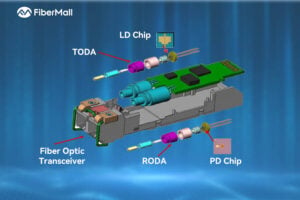
Optical Modules and PCBs: Driving High-Speed Data Transmission in the AI Era
In the fast-paced world of data communication, the demand for efficient, high-bandwidth solutions has never been greater. As AI-driven applications and massive data processing push the boundaries of network performance, optical modules and their integral optical module PCBs have evolved rapidly to meet these challenges. This evolution not only enhances transmission efficiency
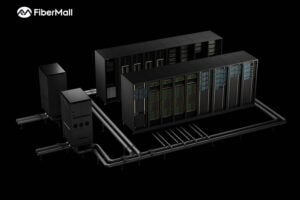
Hotchip 2025 Day 0 Tutorials: Essential Insights on AI Workloads, Rack Architectures, and Custom GB200 Solutions
In the ever-evolving world of AI and data center technologies, Hotchip 2025 kicked off with an enriching Day 0 Tutorials lineup. As a staple event in the industry, this year’s sessions served as an appetizing prelude, focusing on data center racks in the morning and kernel programming in the afternoon.
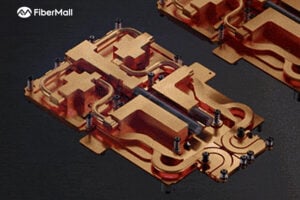
Deep Dive into NVIDIA GB200 Liquid Cooling Plate Design: Advanced Liquid Cooling for AI Chips
Next-generation AI chips like NVIDIA’s GB200 are pushing the boundaries of performance. But this immense power comes at a cost: staggering heat generation. A single GB200 chip package consumes up to 2700 W of power. With such high power in such a compact space, traditional air-cooling systems simply can’t keep up.
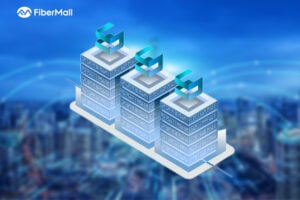
Mastering SONiC: 6 Essential Points to Grasp for Open Networking Success
SONiC (Software for Open Networking in the Cloud) is an open-source network operating system that differs significantly from other network operating systems you’ve encountered before. Learning SONiC requires new mental preparation and skill reserves. As a new operating system that fundamentally transforms network architecture, the following key insights and abilities
Related posts:
- What is the Difference Between UFM Telemetry, Enterprise and Cyber-AI?
- Is the Module on the OSFP NIC flat or Riding Heatsink?
- What is the Reach, Fiber Type, Connector, and Optical Modulation for Each 400G Transceiver Type?
- How can I Break Out a 400G Port and Connect to 100G QSFP Ports on Existing Platforms?
